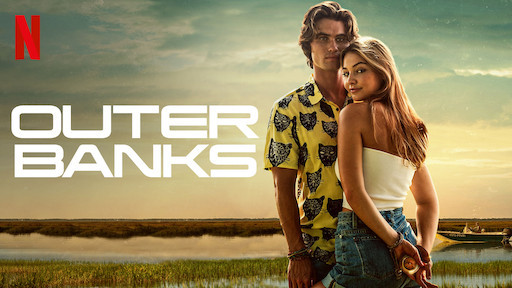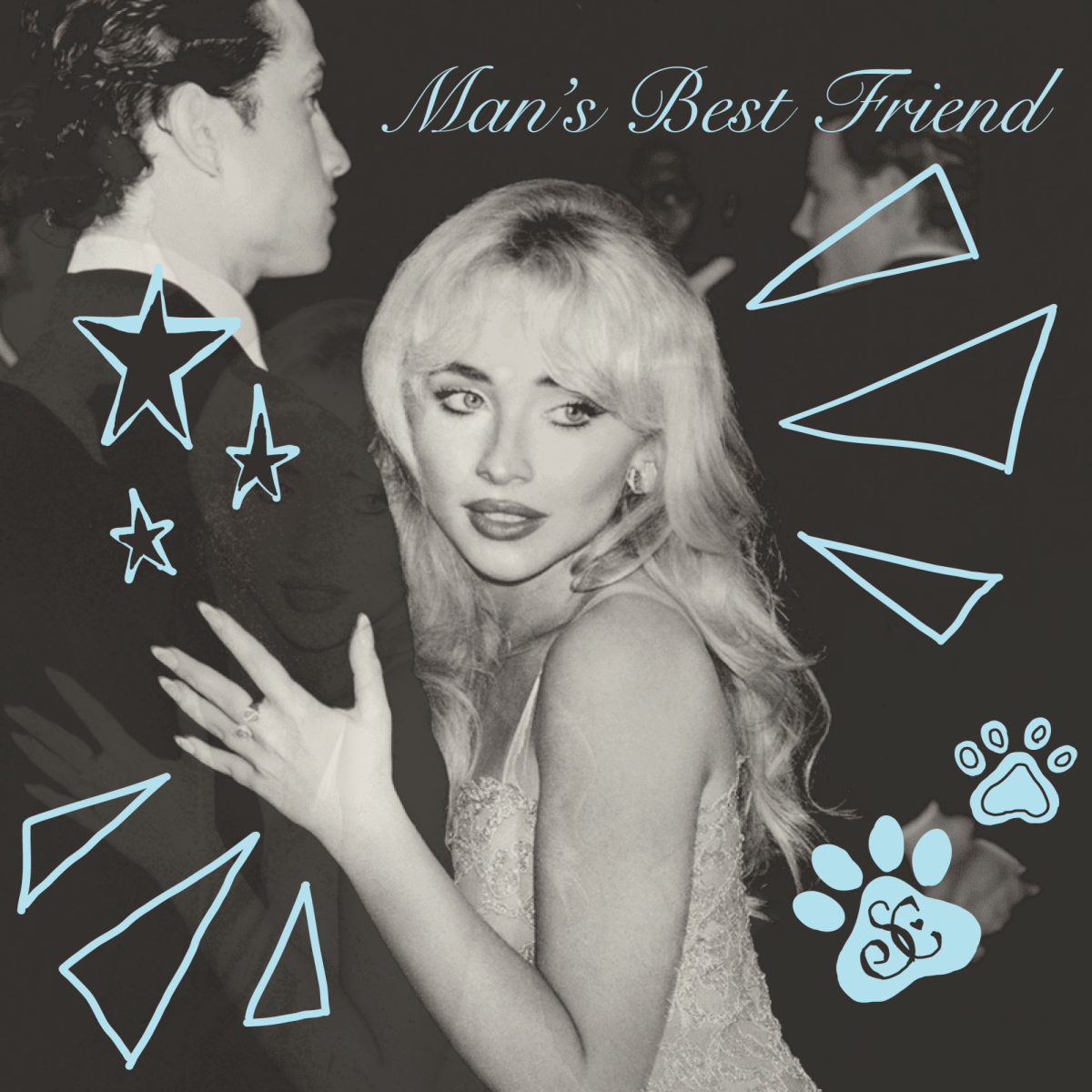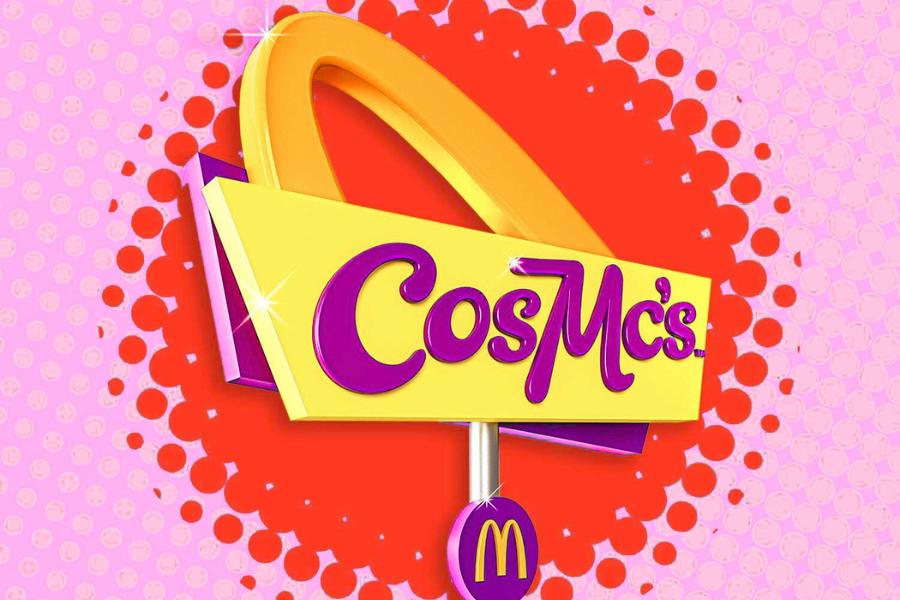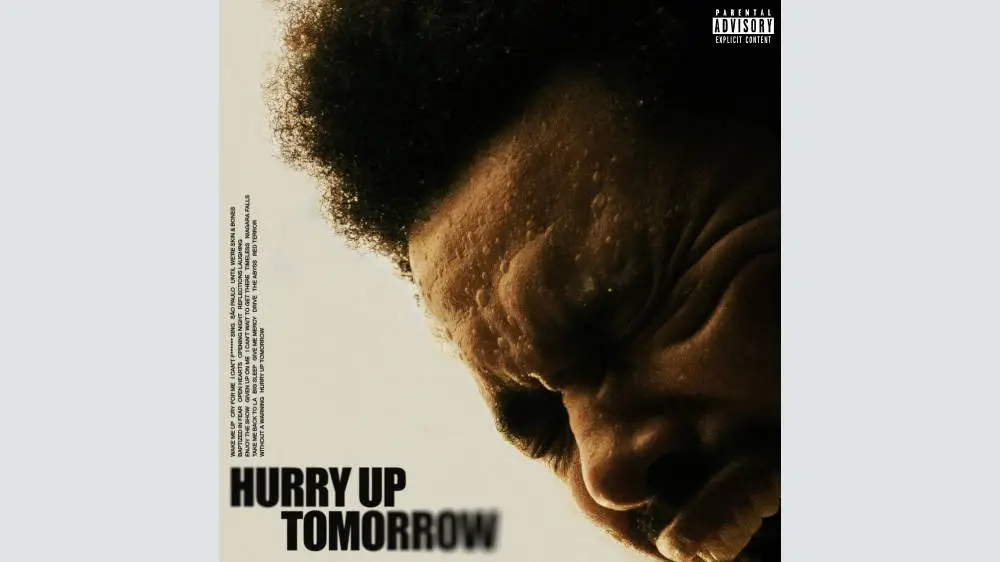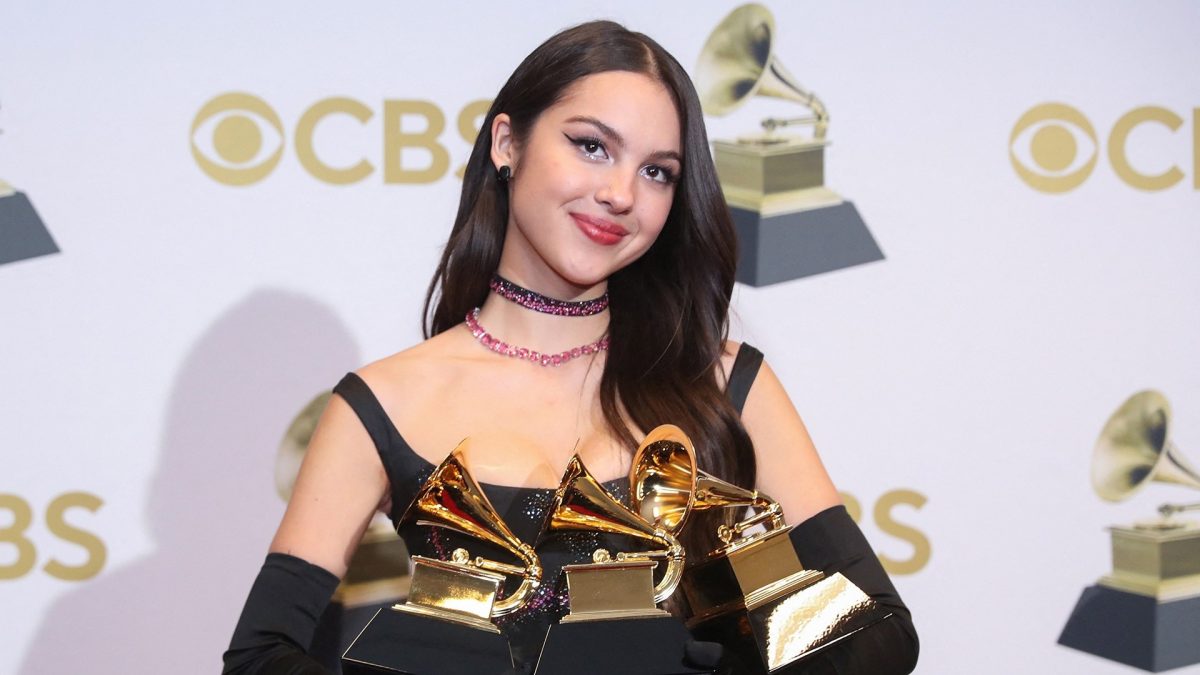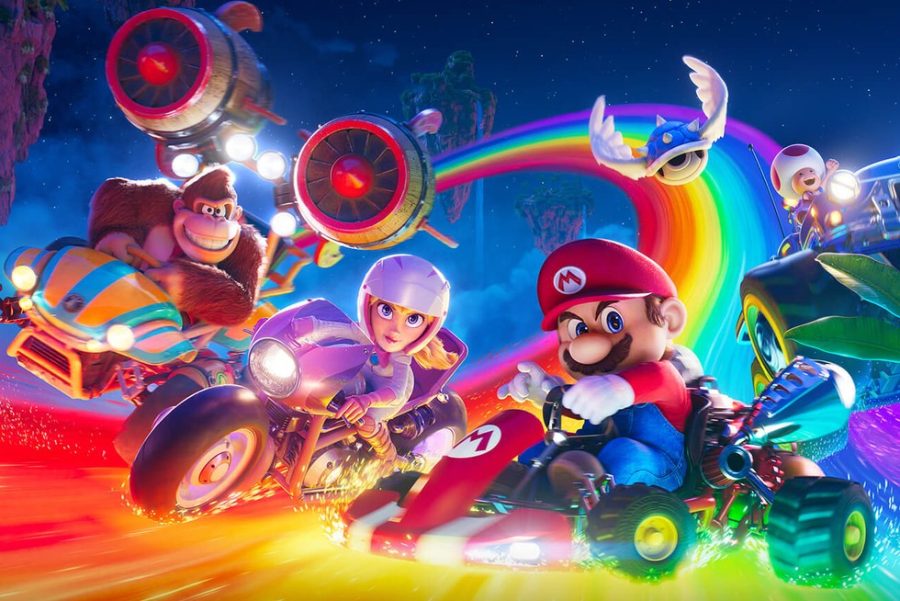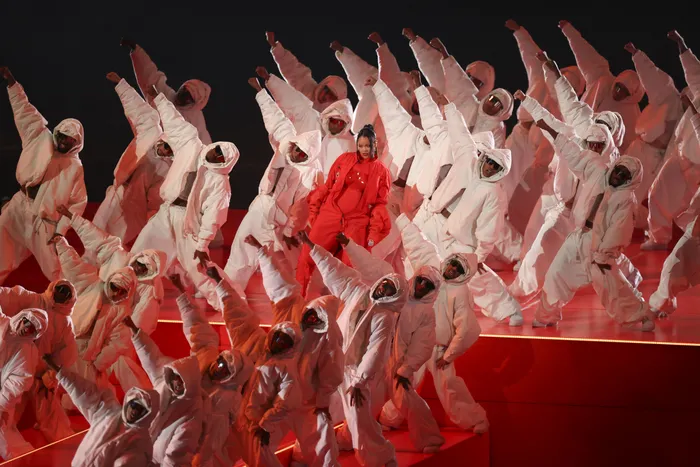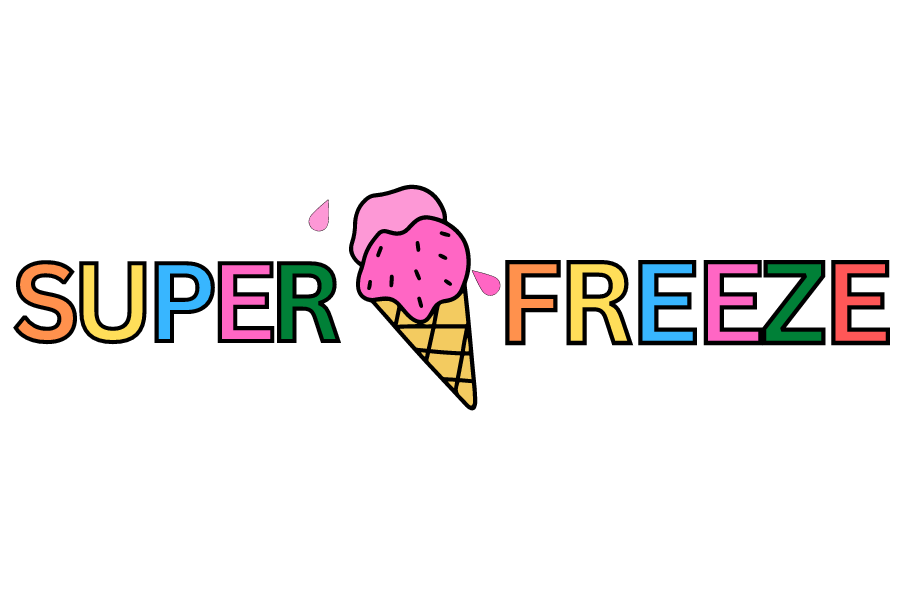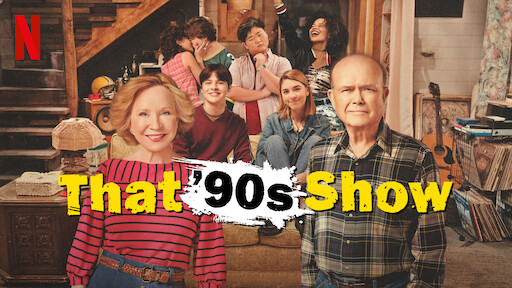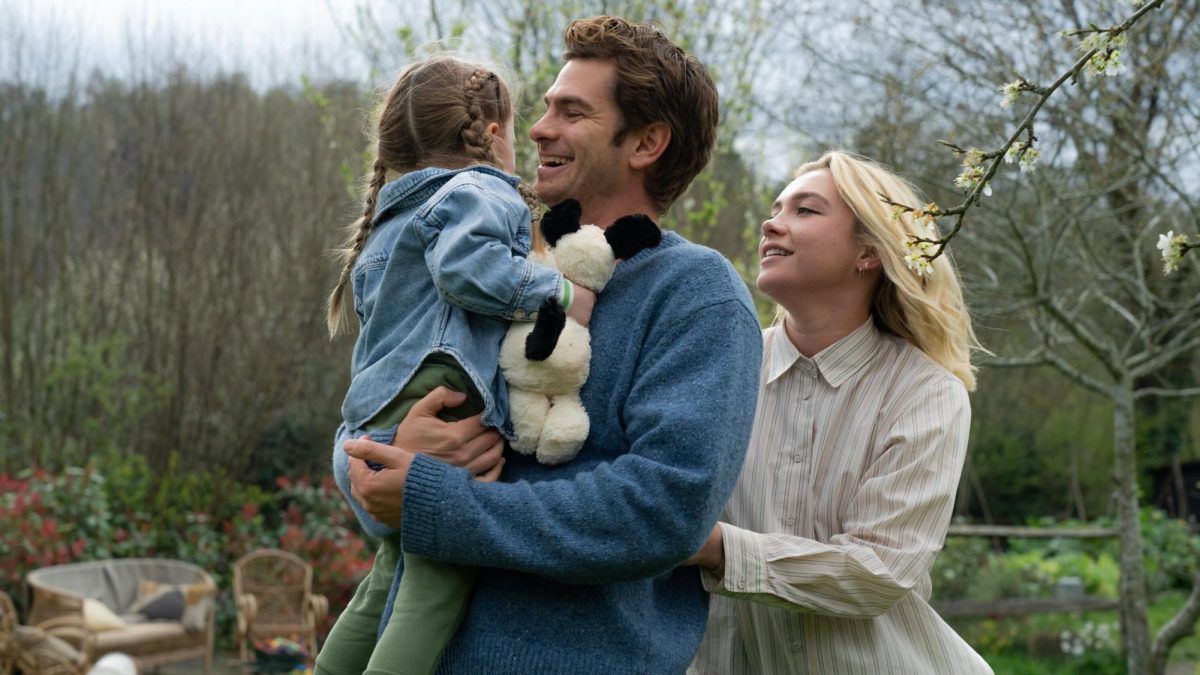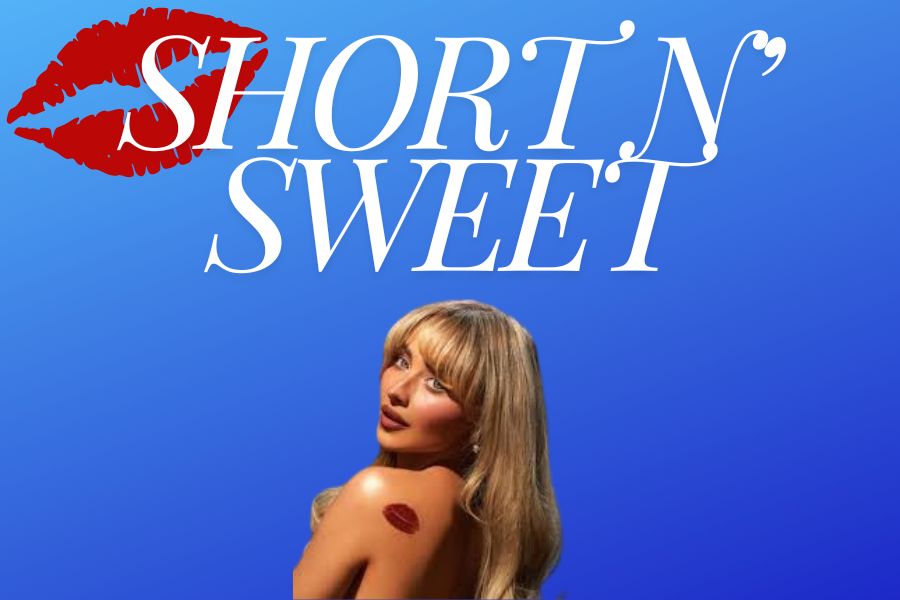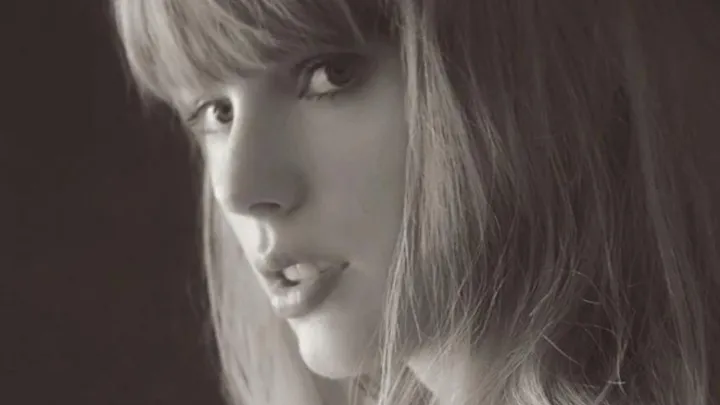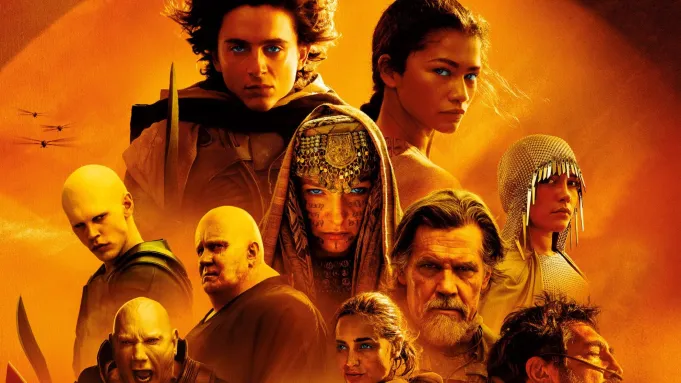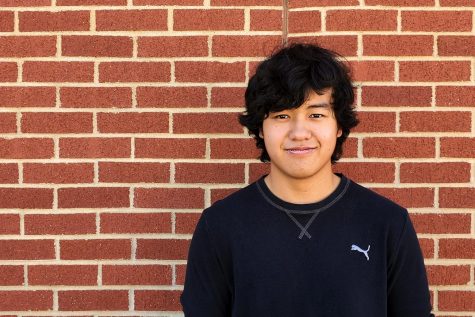It seems as if Netflix is trying to cornerstone every sub-category they can think of with the amount of TV shows they have been grinding out. Coming-of-age teenage romances, such as “Never Have I Ever” have been widely popular among viewers, true-crime dramas like “Peaky Blinders” have been extremely successful, and throwback thrillers like “Stranger Things” have become the forefront of the streaming service. However, Netflix’s new hit series “Outer Banks” doesn’t really fit into any one of those categories, but rather, tries to fit into all of them. It has aspects of a teenage romance story for sure, but it’s also about class warfare, an unraveling mystery, and has aspects of true-crime, action, and even fantasy. But the way “Outer Banks” dramatically exaggerates reality while drawing influence from a variety of other cinematic works, actually creates a series that’s surprisingly fun to watch despite the many flaws within the plot.
While the plot to “Outer Banks” seems interesting enough for a successful series, it is by no means original. It is as if the directors took the plot of 2003 TV show “The O.C.” and combined it with Nicolas Cage’s “National Treasure,” and situated it in the Outer Banks, a layback collection of islands off the coast of North Carolina. I’ve only been to the Outer Banks once, but instead beach resort vibes and a really normal town complete with a Starbucks and Walmart, the writer’s decided to paint the Outer Banks as a town of drugs, drinking, and murder, which is for the most part not true. But how this show distorts reality and creates non-existent drama is really quite funny, and makes what should have been a boring storyline a little bit more interesting.
Our hero and protagonist, John Booker Routledge who’s simply referred to as John B. (Chase Stokes) is both the central focus of the story as well as the narrator. In similar fashion to other shows like “Stranger Things” and “The Goonies,” he’s accompanied by his “crew,” which includes the classic troublemaker of any friend group, J.J. (Rudy Pankow), the allegedly intelligent Pope (Jonathan Daviss) who never really accomplishes anything overly intelligent, and then there’s Kiara (Madison Bailey), who doesn’t seem like she should fit into a group as her family is pretty well off financially, while all the others can be considered blue-collar. This is where the whole class warfare aspect of “Outer Banks” comes in.
On the surface, it seems the show is merely just a teenage romance interlaced with a treasure hunt mystery, but the plot is much more complex than that. Class warfare is really the underlying message to this series, drawing it even closer to the likes of “The O.C.” While the blue collar Pogues (that’s what the crew call themselves) are trying to unravel their own mystery, they are met with another group, who they call the Kooks. In comes John B’s main love interest Sarah Cameron (Madelyn Cline) who’s a Kook. In eerily fashion to Romeo and Juliet, the whole class warfare aspect of the show escalates, leading to even more action and tension within the plot. It’s a series that is overall way too predictable because it’s based off of so many other successful shows and movies.
But the exaggeration of reality does not just end with the plot and the overly dramatic details, but even the characters themselves seem way too mature for their age. Drinking, drugs, and swearing are all common for the Pogues, and even the actors that were casted seem way too old. The characters are meant to be around 16 years old, but the actors are clearly adults in their mid to late 20s, once again exaggerating reality. The ideal audience for this show isn’t really clear either. While it makes sense for a teenage comedy to be targeted towards teenagers, “Outer Banks” is clearly a throwback that brings retro vibes. From the language they use, to the clothes they wear, to the music in the soundtrack, it’s evident the directors were going for a less modernistic feel to the show.
The characters themselves are unique enough, but they all seem one-dimensional except for the two main characters, John B. and Sarah. The lower-class Pogues seem attached to their idealistic lifestyle of drinking and partying, while the high-end Kooks seem to disdain them. The characters never really evolve over the ten episodes, and seem like they haven’t grown at all from the first time they were introduced, to the end credits in episode 10. It is only John B. and Sarah who seem to change, and even then their actions and choices are still very predictable.
Overall, the story of “Outer Banks” had potential, but what really was lacking was unpredictability, and a plot that didn’t exaggerate everything in an attempt to get more views. It tries to do too much, and in the end, is only successful at achieving a couple of aspects. It is a good teenage romance story, and has an acceptable mystery component to the plot, but it’s not really a coming-of-age story, and it fails at being a crime thriller. Outside of John B. and Sarah, all the other character’s storylines are way too thin, and don’t really add anything to the plot when you break it down. Ultimately, this series is a good watch for comedic value and overall enjoyability, but it is by no means a unique story with unique characters that shine. If a season two is to be made, I think what needs to be direly improved is more character progression and more plot twists that aren’t so see-through.
Rating: C+



